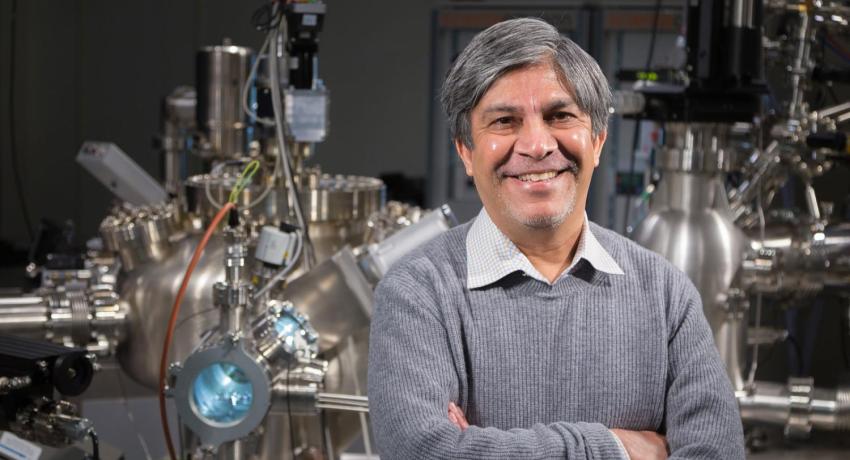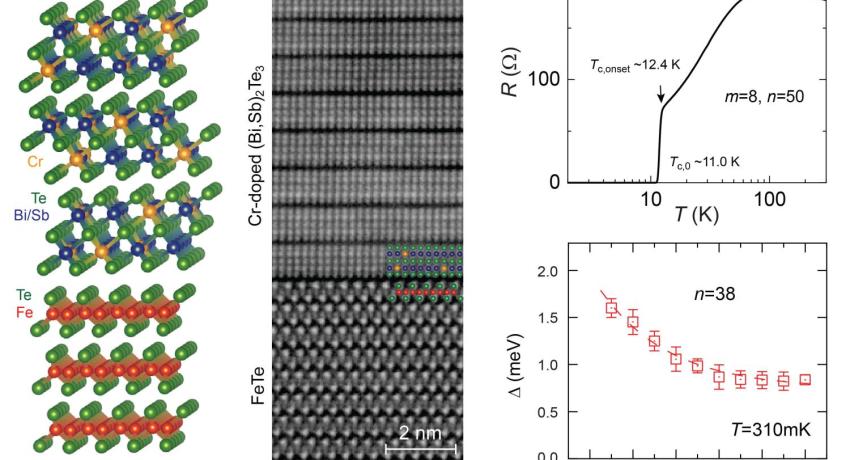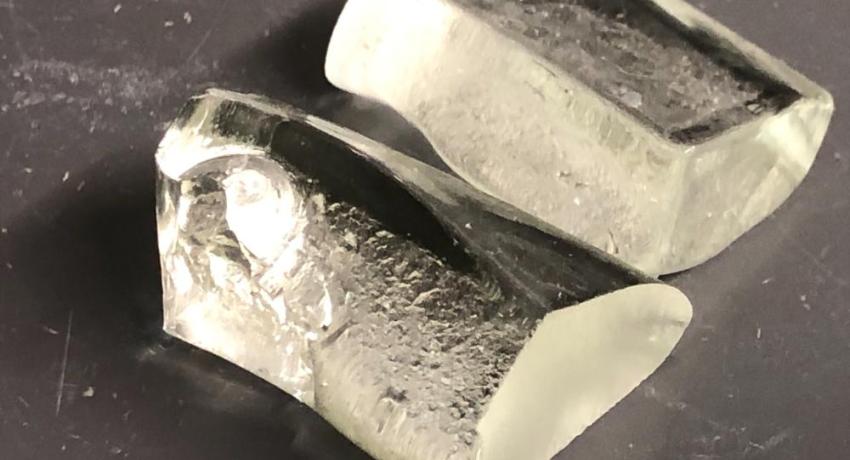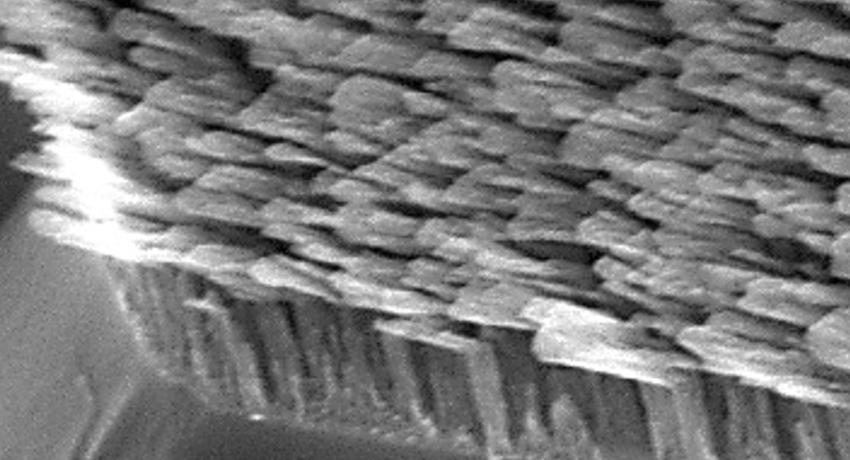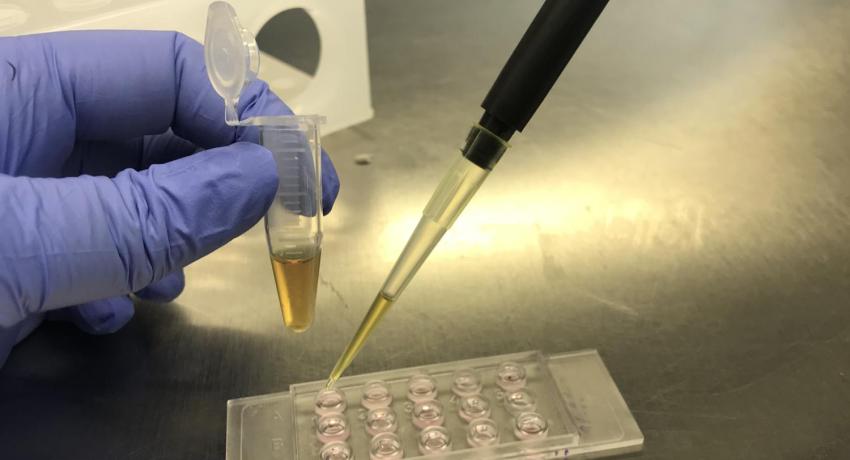Biodegradable electronics may advance with ability to control dissolve rate
By Mariah Lucas
Biodegradable electronics allow for medical devices — such as drug delivery systems, pacemakers or neural implants — to safely degrade into materials that are absorbed by the body after they are no longer needed. But if the water-soluble devices degrade too quickly, they cannot accomplish their purpose. Now, researchers have developed the ability to control the dissolve rate of these biodegradable electronics by experimenting with dissolvable elements, like inorganic fillers and polymers, that encapsulate the device.





